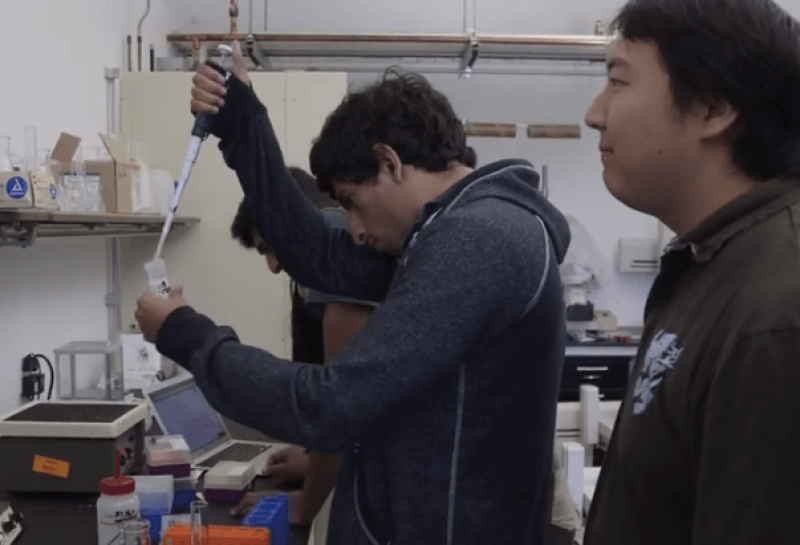How do you transform mushrooms into furniture, or re-wire algae to conduct electricity? Biohacking, the practice of rewiring the biology of living organisms for practical uses, is evolving from a fringe science to a more legitimate academic discipline.
Biohacking is a fairly new practice that could lead to major changes in our life. You could it call citizen or do-it-your-self biology. It takes place in small labs — mostly non-university — where all sorts of people get together to explore the potential of manipulating DNA. That could mean figuring out how the DNA in plants affects their growth or how to manipulate genes from another source to make a plant glow in the dark.
It often is aimed at producing a product, like the chairs and building blocks that artist Philip Ross makes by feeding mushrooms a meal of sawdust or peanut shavings. It is experimenting on the cheap, usually without the benefit of a fancy university laboratory, and it often involves DNA and genes. If you don’t know enough biology to take part at first, you learn it along the way.
Ron Shigeta runs Berkeley Biolabs, a biohacking site in Berkeley, California, where dozens of would-be biologists gather frequently to hack around. He says biohacking is “a freedom to explore biology, kind of like you would explore good fiction.”
As for the hacking part, “hacking is kind of like the freedom to sort of dig deep into something, just because you’re interested in it. … The whole idea of biohacking is that people feel entitled, they feel the ability to just follow their curiosity — where it should go — and really get to the bottom of something they want to understand.”
But just as the movement is gathering converts, it’s also attracting controversy. PBS Newshour special correspondent Spencer Michels reports:
Watch the full, online video: How hackers transform biology into building material































